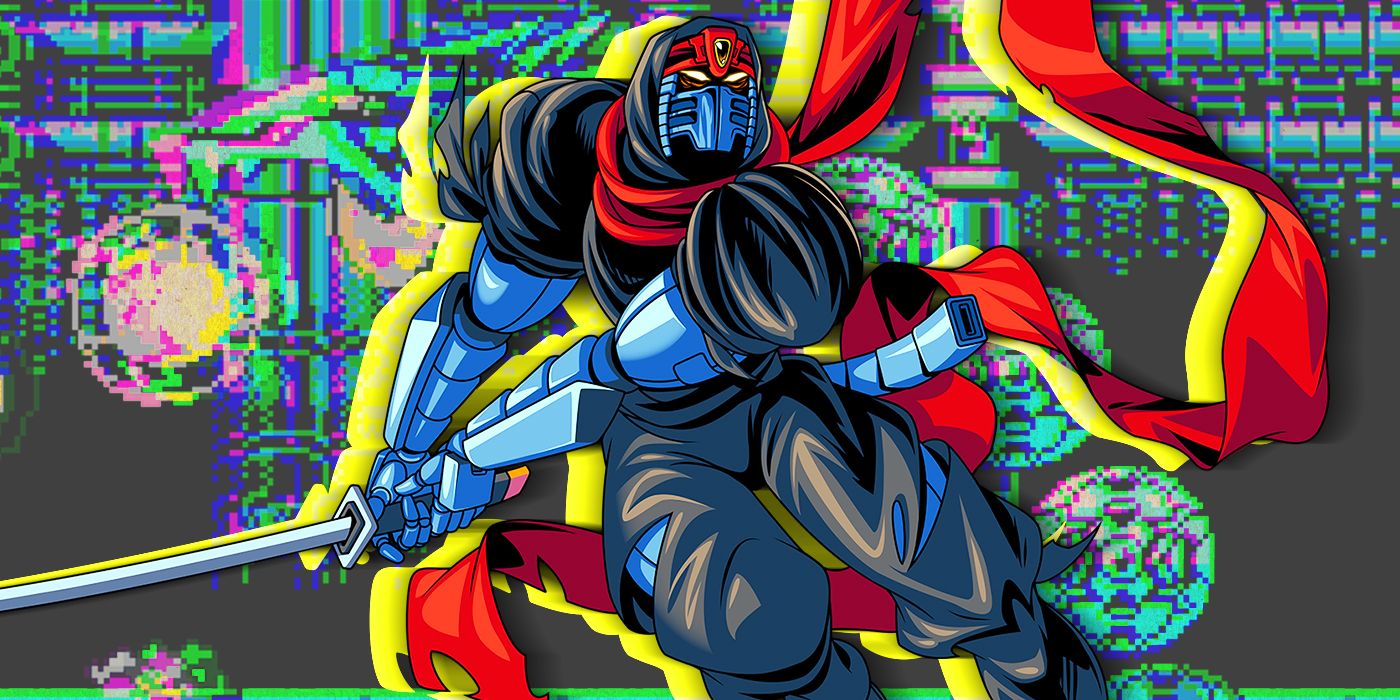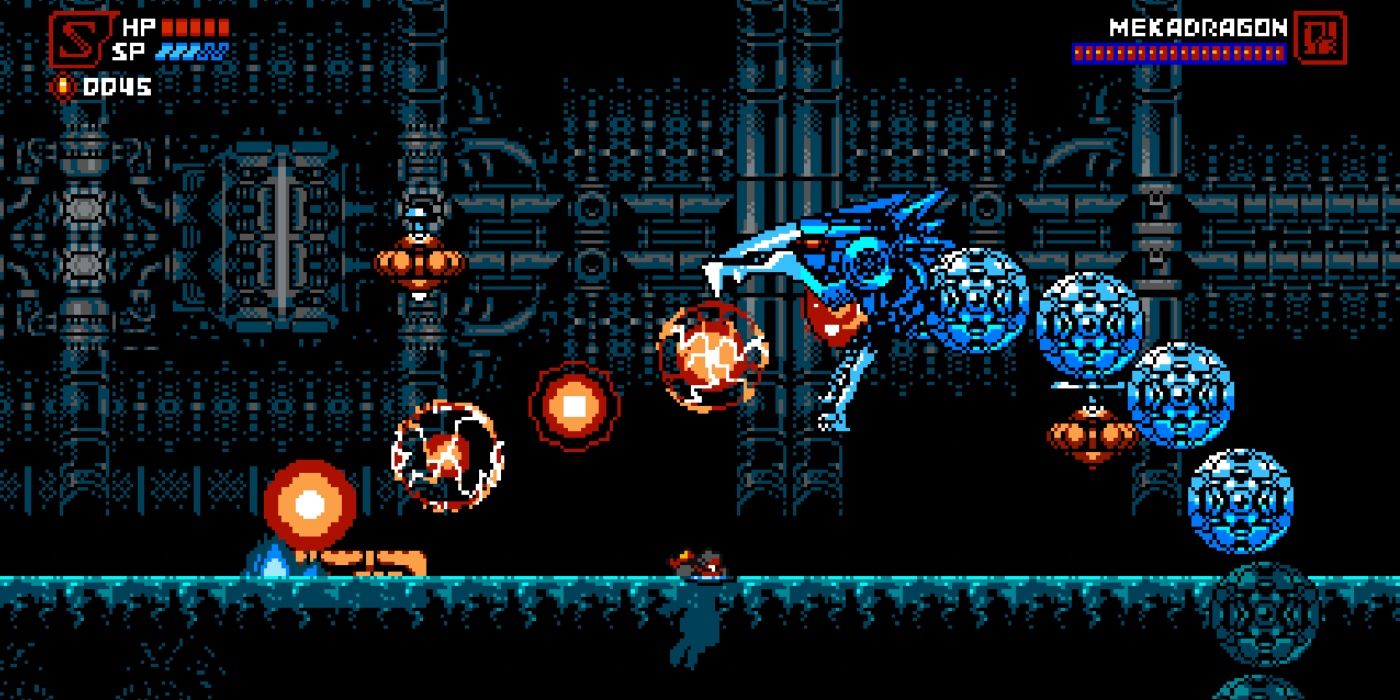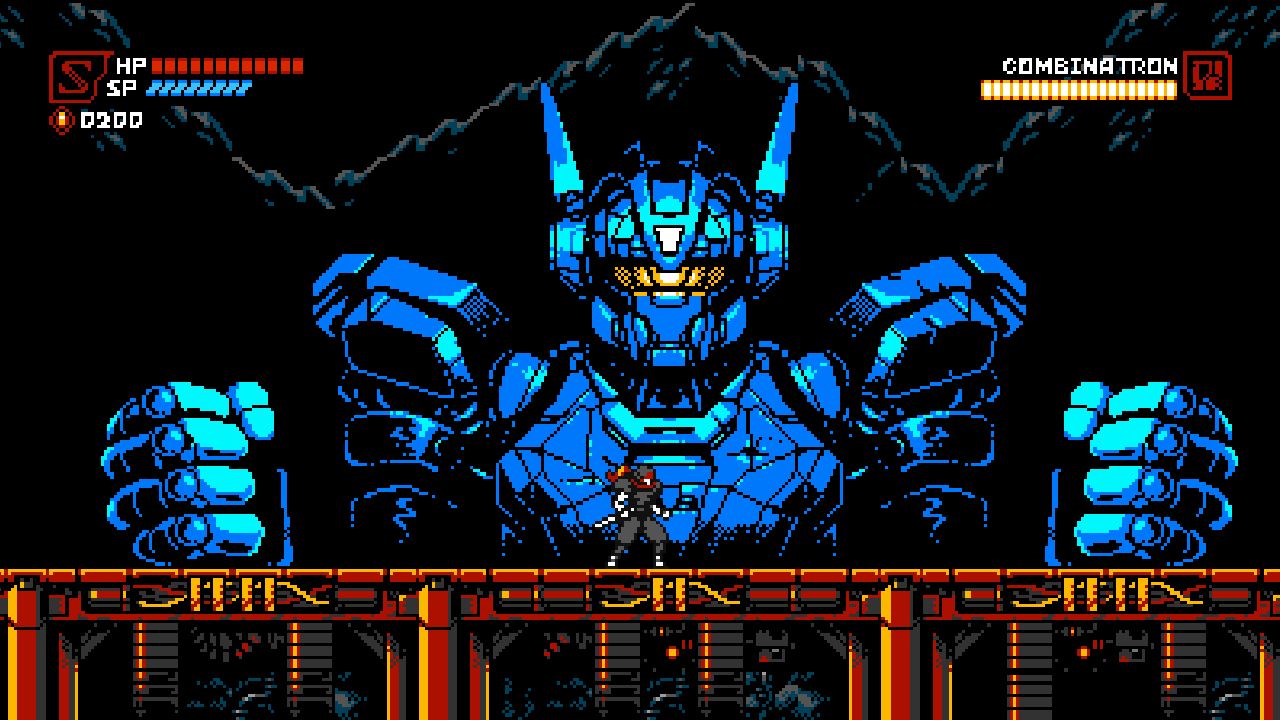
Recently released indie side-scroller Cyber Shadow is not just a game that does the throwback eight-bit style incredibly well. It is a game that brilliantly handles one of the most tricky aspects of game design: getting the difficulty right.
For many players, one of the most enthralling aspects of video games as entertainment is the sense of challenge that a game can uniquely present to a player. Unlike other forms of entertainment, like music and movies, the act of playing and completing a video game is almost always an active affair. For many games, the challenge of the experience is what makes it so enjoyable.
This balance is itself difficult for developers to find. For every game like Dark Souls, which is designed to be incredibly difficult, there are other games that offer multiple levels of challenge. These default difficulty settings of easy, normal and hard often boil down to mere increases or decreases in enemy health and damage taken by the player character.

However, every once in a while, the world is blessed by a game that uses its own mechanics and subtle hints to increase the level of challenge throughout its playtime, sublimely providing the player a higher level of challenge as more of the game is completed. Cyber Shadow is one of those games.
At first glance, many players might assume that Cyber Shadow, a clear and loving homage to the classic Nintendo release Ninja Gaiden, is just as punishingly and cheaply difficult as its inspiration. However, this notion is dashed early on by the game's mechanics. Despite being a throwback sidescroller, Cyber Shadow eschews tradition in a major way: it features checkpoints. This feature is almost unheard of for purists of this type of game, but the inclusion of a checkpoint system allows the developer to slowly but surely egg players on as their skills improve.
Cyber Shadow again employs subtlety with the placement of the checkpoints, slowly spacing them farther and farther apart as the five to eight hour campaign plays out. As players improve at the game and gain more abilities that help them, the checkpoints become more sparse. It works brilliantly and keeps the level of challenge consistent even as players become more capable with various attacks and abilities.
These checkpoints also serve another purpose with regards to the difficulty by allowing players to further tailor the challenge for themselves. Early on, the checkpoints simply serve as a way to save progress in a level and allow for a respawn point. However, as the game goes on, checkpoints begin to offer the player upgrades. Players can choose to have the checkpoint refill health or spirit (the game's ability gauge that governs special attacks), and can even opt to purchase a power-up that will aid them.
The power-ups are particularly interesting, as they often provide just the right item that would benefit that specific level. For example, a checkpoint in a level with many projectile attacks might offer a powerful shield that players can use to negate projectiles. The level can be completed without this power-up, but the choice of using it falls to the player. These power-ups and refill options can be purchased with currency players acquire throughout the levels by defeating enemies, but again, all of these are completely optional.

Furthermore, Cyber Shadow employs subtlety in the way it doles out abilities to the player. Much like the brilliant level design of Super Metroid, when Cyber Shadow players gain a new attack or ability, the following level provides ample opportunity to use this new move. For example, late in the game, protagonist Shadow gains the ability to sprint by double-tapping in a direction on the controller.
If the player attacks while sprinting, Shadow will perform a "cross slash," a powerful dashing attack that can be rhythmically chained between enemies to allow players who are skilled enough to zip through levels almost effortlessly. This skill is one that's easy to use, but difficult to master. The level that follows this ability unlocking is ripe with opportunities for players to dash through using it. The level can be completed without using sprint or cross slash at all, but the opportunity is always present, pressing players to employ it.
Cyber Shadow is by no means an easy game, but the way it provides players with a challenging but fair difficulty level makes it a blast to experience. The synergy of the checkpoint system and the purposeful design around the ever-increasing set of tools the player is given access to always makes failure feel like something to work through and eventually triumph over, making victory that much sweeter.
Older games like Ninja Gaiden used difficulty as a way to pad the length of an experience. Games that could be beaten in half-an-hour by skilled players were dragged out by assaulting the player with cheap enemy placements, the nonstop bombardment of attacks and pixel-perfect platforming challenges. Cyber Shadow may be a game that wears its Ninja Gaiden inspiration proudly, but its use of contemporary mechanics and evolution in game design makes it an infinitely more fun way to pay homage to a classic.
0 Comments